Recent expeditions along the Colorado River have uncovered critical data about water resource challenges facing the southwestern United States. Researchers conducting rafting surveys documented significant changes in river flow and sediment patterns, providing new perspectives on water allocation strategies for regions like Southern California.
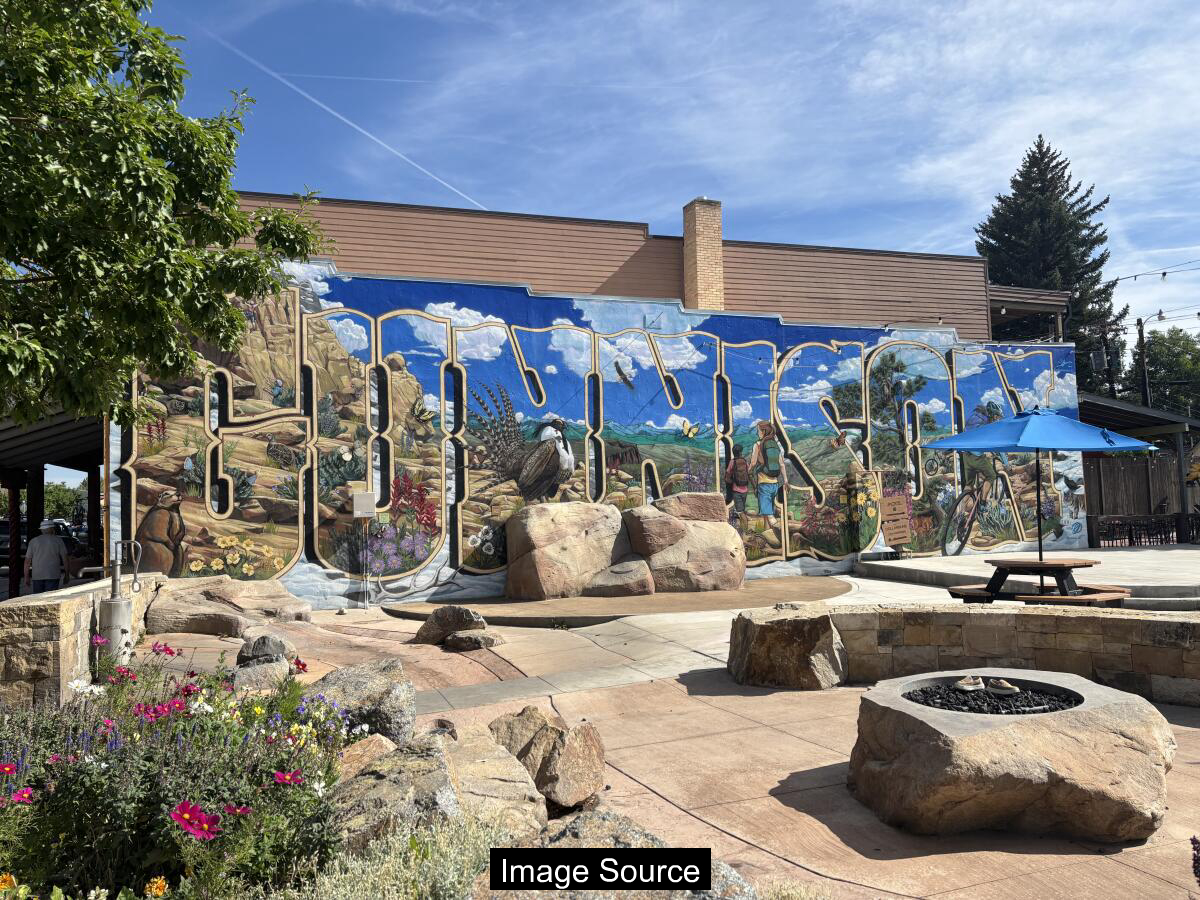
Water’s Journey: From Mountain Stream to Urban Tap
The Colorado River watershed represents a complex, interconnected ecosystem that sustains millions of people across multiple Western states. Rivers like the Taylor and Gunnison flow through rugged landscapes, carrying water that eventually reaches major metropolitan areas hundreds of miles away. Each drop travels through diverse terrains, supporting ecosystems and human communities along its path.
Mountain snowpack serves as the primary water source for this intricate system. Annual snowfall determines river volumes, agricultural productivity, and urban water supplies. Climate change increasingly disrupts these delicate hydrological patterns, creating uncertainty for communities dependent on consistent water resources.
The journey from mountain stream to urban tap involves sophisticated infrastructure of dams, reservoirs, and aqueducts. These engineering marvels redirect water across challenging geographical barriers, transforming arid landscapes and enabling human settlement in regions that would otherwise be uninhabitable.
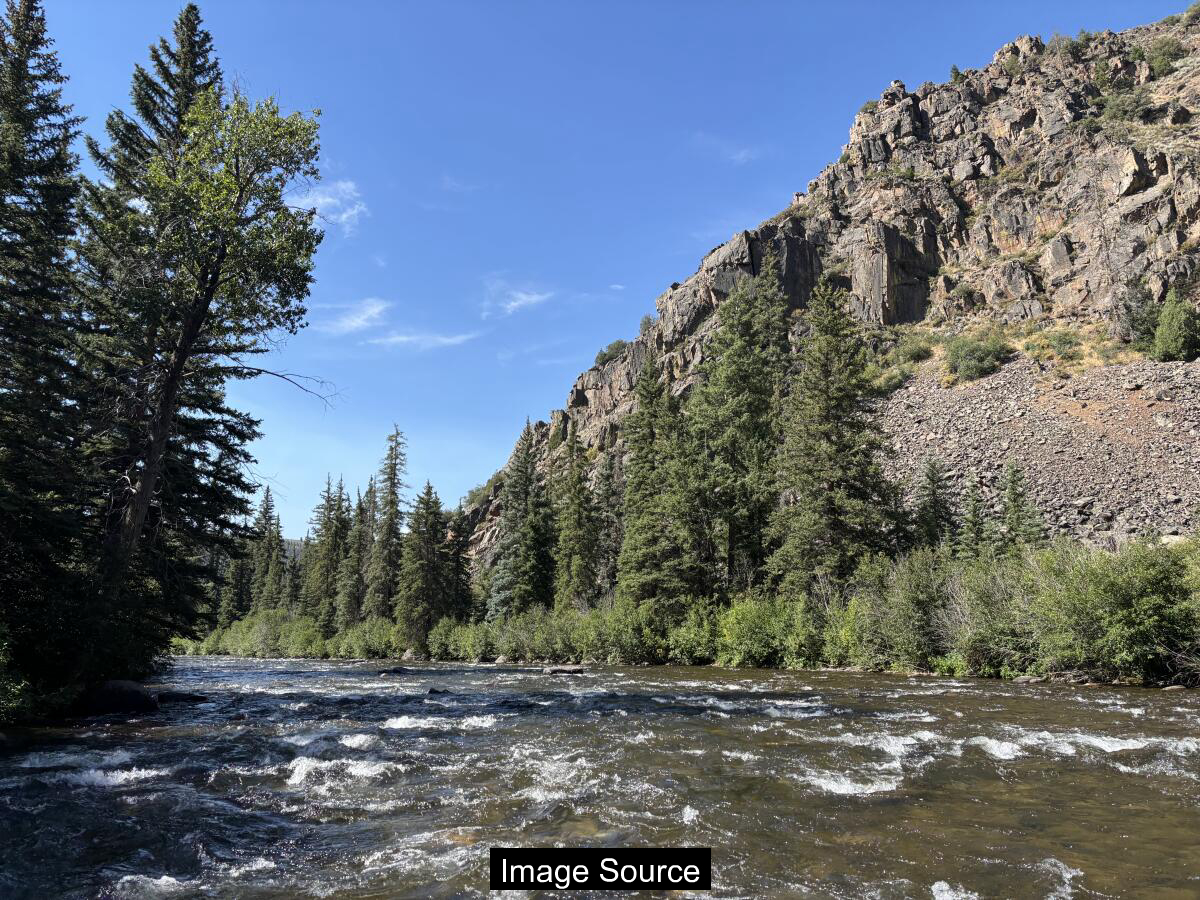
Ecological Interconnections
Western ecosystems demonstrate profound interdependencies between natural environments and human activities. Wildfires, drought, and climate shifts impact not just local landscapes but entire regional systems. The increasing frequency and severity of environmental changes challenge traditional approaches to resource management.
Fossil fuel consumption drives climate transformations that directly affect water availability and ecological stability. Urban centers consume energy and resources while often being geographically distant from the environmental consequences of their consumption patterns.
Rural and urban communities share fundamental challenges, despite perceived differences. Water scarcity, housing affordability, and environmental sustainability represent collective concerns that transcend political and geographical boundaries.
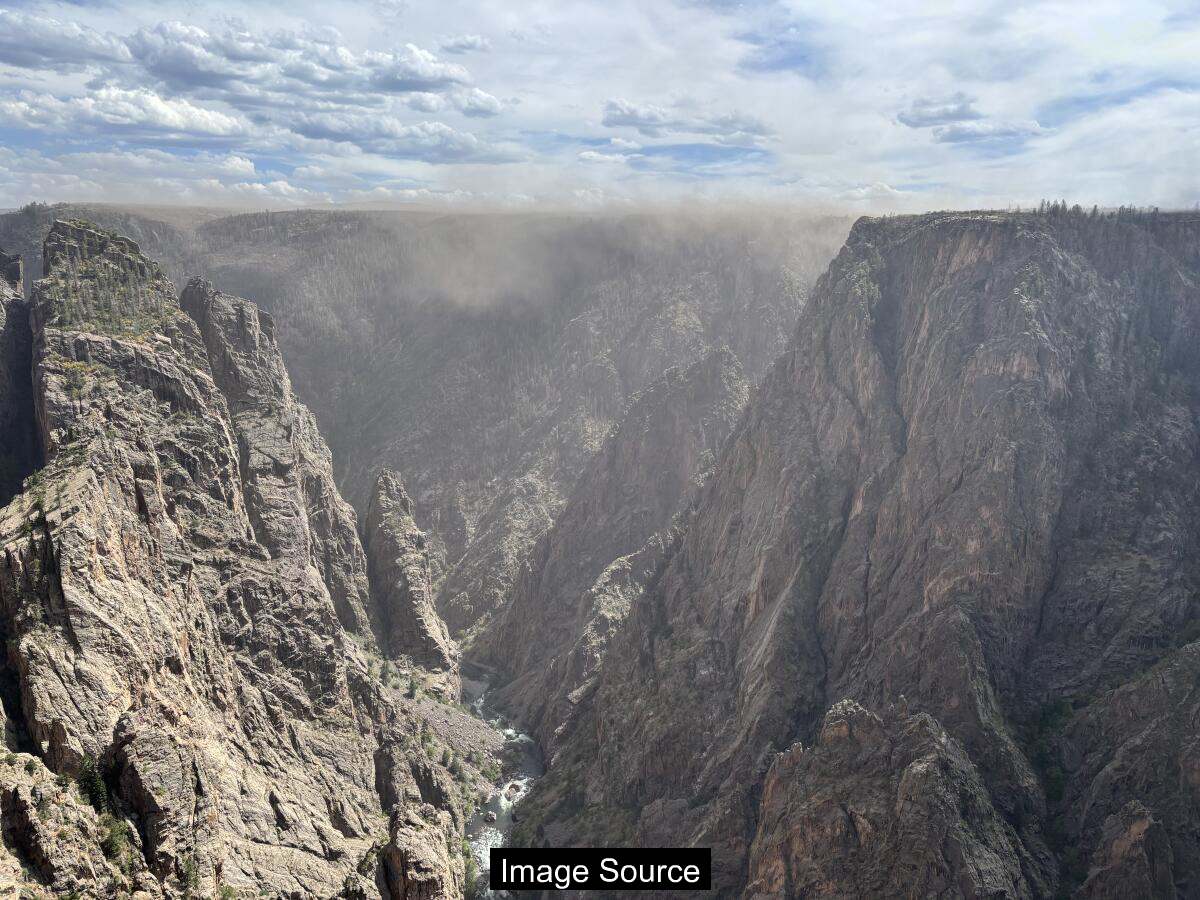
Water Rights and Resource Allocation
The Colorado River Basin faces unprecedented challenges in water allocation. With major reservoirs like Lake Mead and Lake Powell experiencing critically low water levels, Western states must negotiate complex agreements to manage diminishing resources.
Current water usage includes agricultural irrigation, urban consumption, and ecosystem maintenance. Priorities often conflict, requiring sophisticated legal and political negotiations to balance competing needs.
Agricultural practices, particularly water-intensive crops like alfalfa, represent significant factors in regional water consumption. Reimagining agricultural strategies could provide more sustainable approaches to water management.

Climate Change Impacts
Wildfire patterns in Western states demonstrate clear evidence of climate change’s destructive potential. Recent fire seasons have seen unprecedented scale and intensity, transforming landscapes and threatening human communities.
Changes in snowpack, river flows, and temperature patterns create cascading ecological disruptions. Mountain ecosystems serve as critical indicators of broader environmental transformations.
Scientific consensus confirms human activities as primary drivers of these environmental shifts. Reducing fossil fuel consumption represents a crucial strategy for mitigating future ecological challenges.
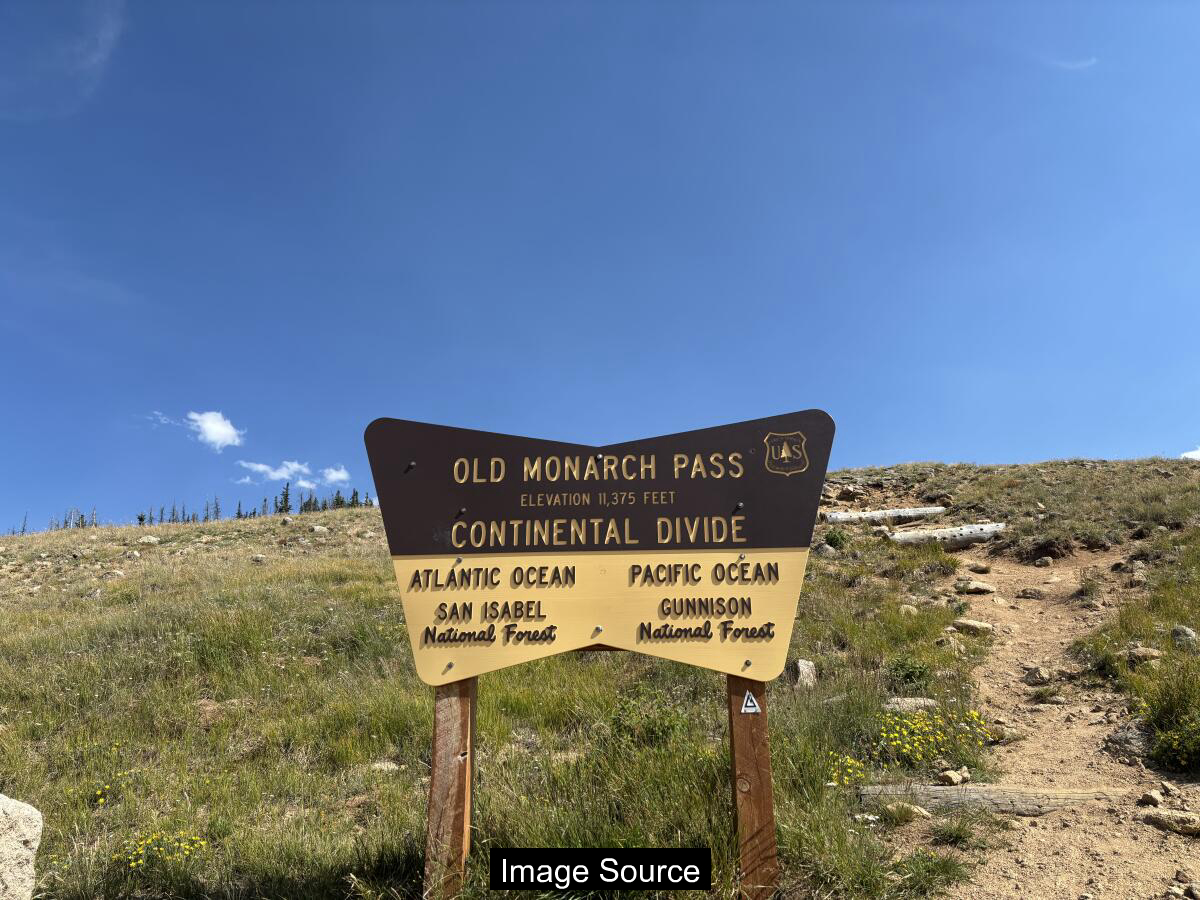
Water Resource FAQ
Q1. How do urban centers obtain water from distant mountain regions?
A1. Through extensive infrastructure including reservoirs, aqueducts, and pumping systems that transport water across hundreds of miles.
Q2. What challenges do Western states face regarding water resources?
A2. Declining snowpack, increasing drought frequency, growing population demands, and complex interstate water allocation agreements represent significant challenges.
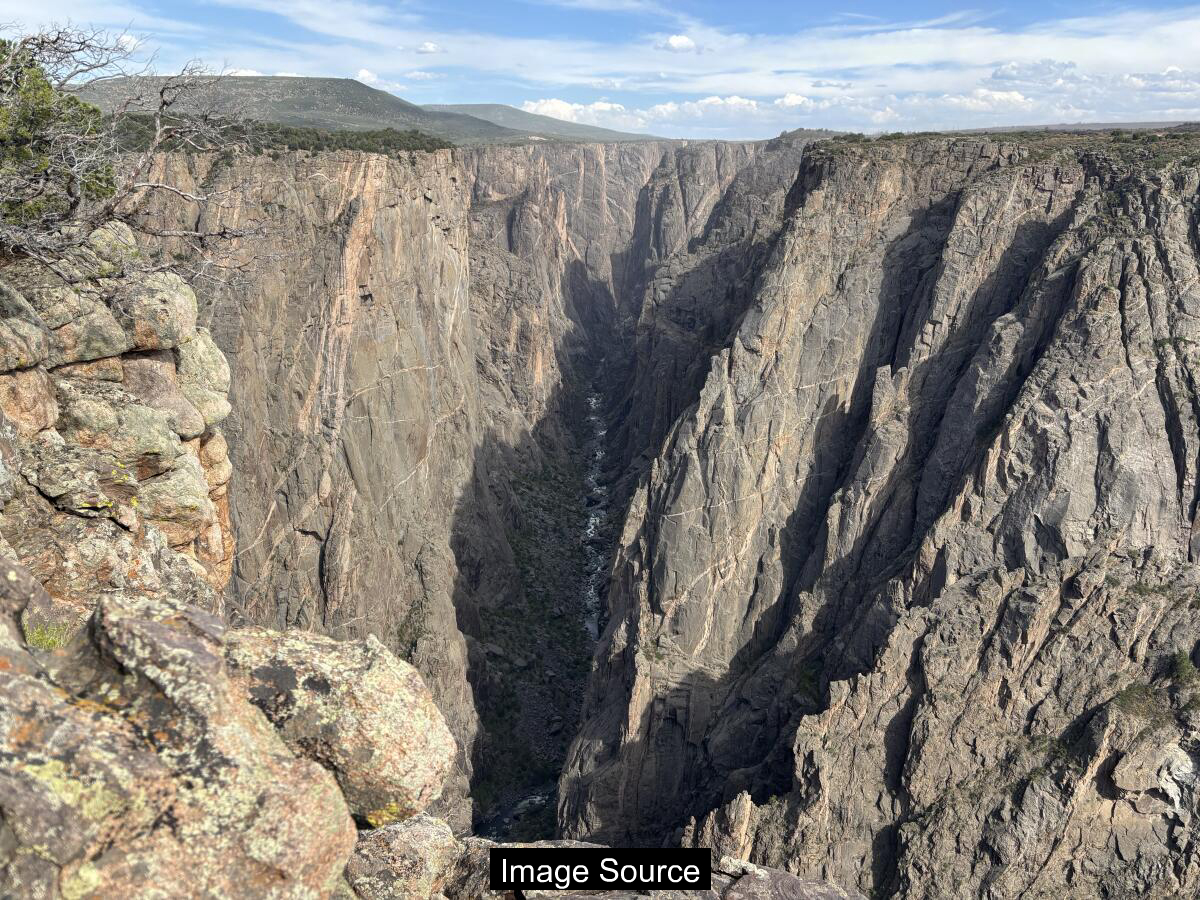
Strategic Summary
Western water systems represent complex, fragile networks requiring collaborative, innovative management strategies. Addressing environmental challenges demands cooperation across political, geographical, and economic boundaries.
Sustainable water resource management necessitates understanding ecological interconnections, reducing fossil fuel consumption, and developing adaptive policies. Individual and collective actions can contribute to more resilient environmental systems.
The future of Western landscapes depends on recognizing shared challenges and implementing forward-thinking conservation approaches. Empathy, scientific understanding, and collaborative problem-solving offer pathways toward environmental sustainability.
※ This article summarizes publicly available reporting and is provided for general information only. It is not legal, medical, or investment advice. Please consult a qualified professional for decisions.
Source: latimes.com